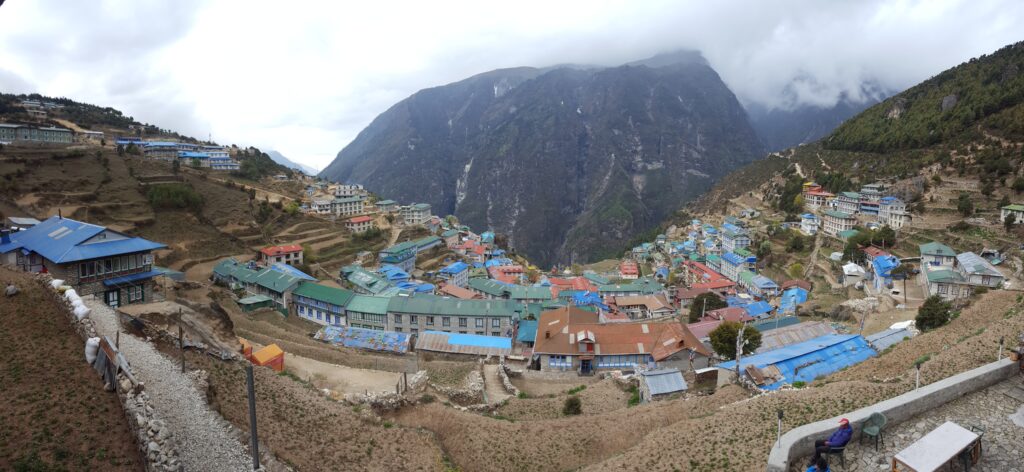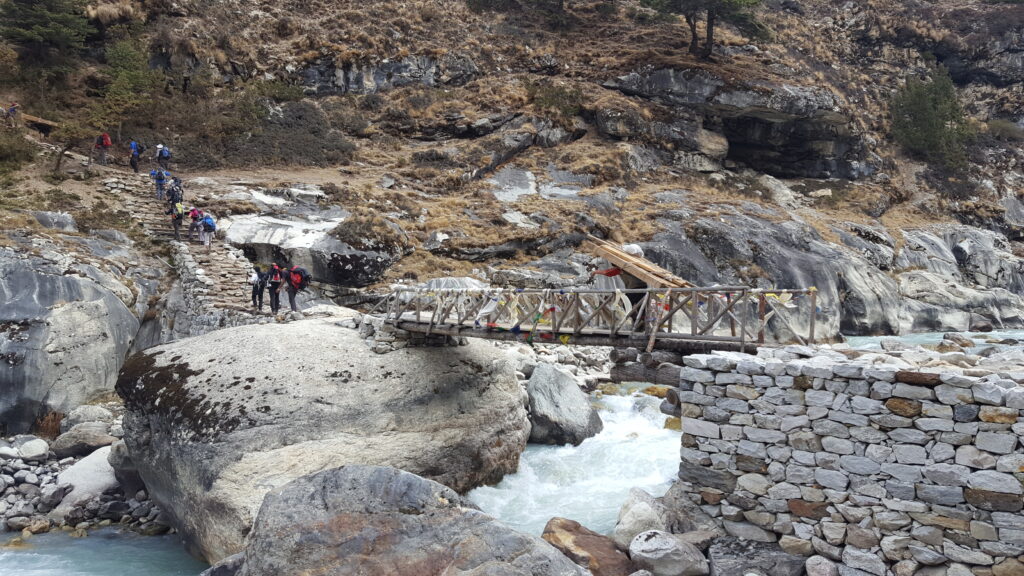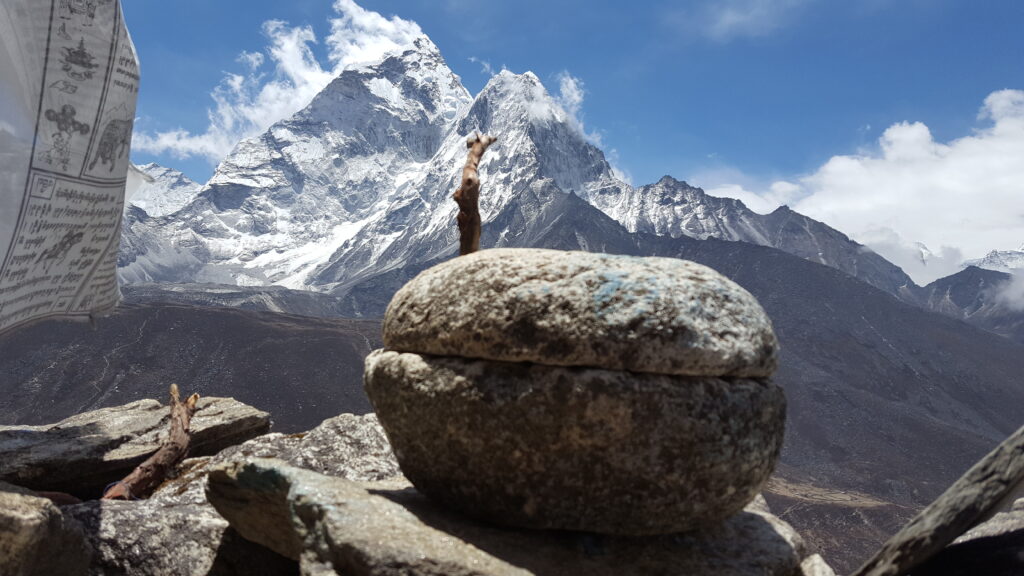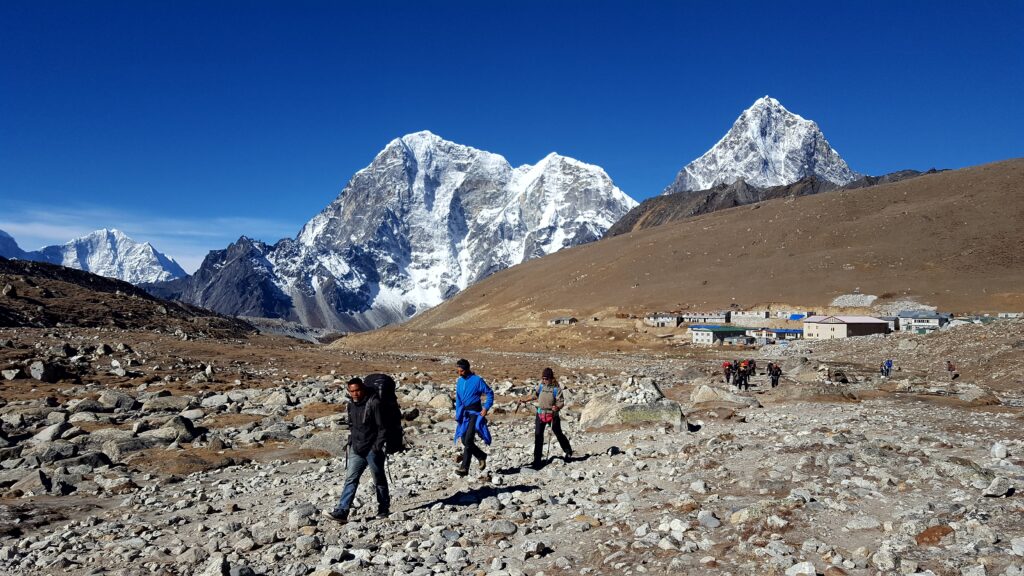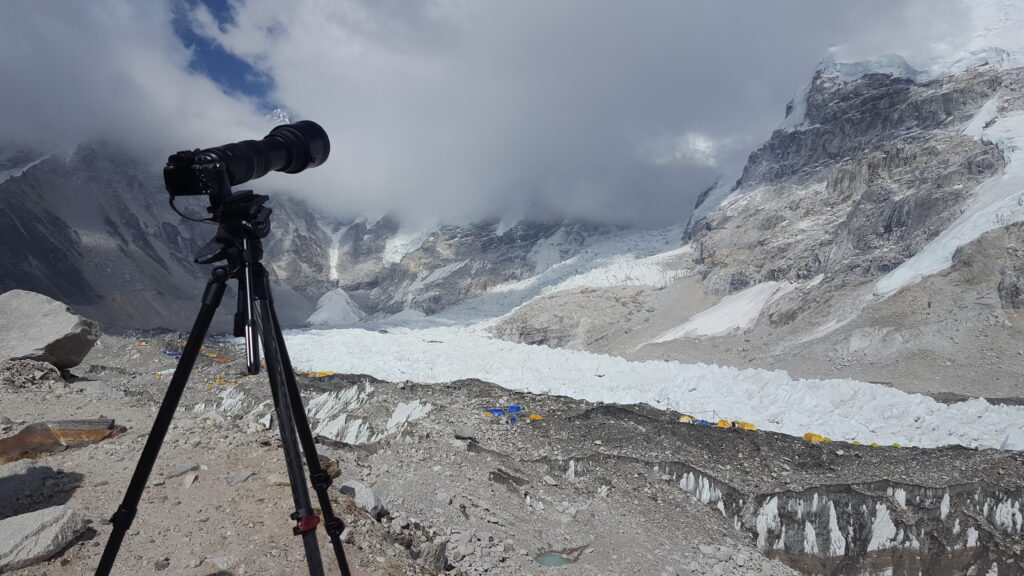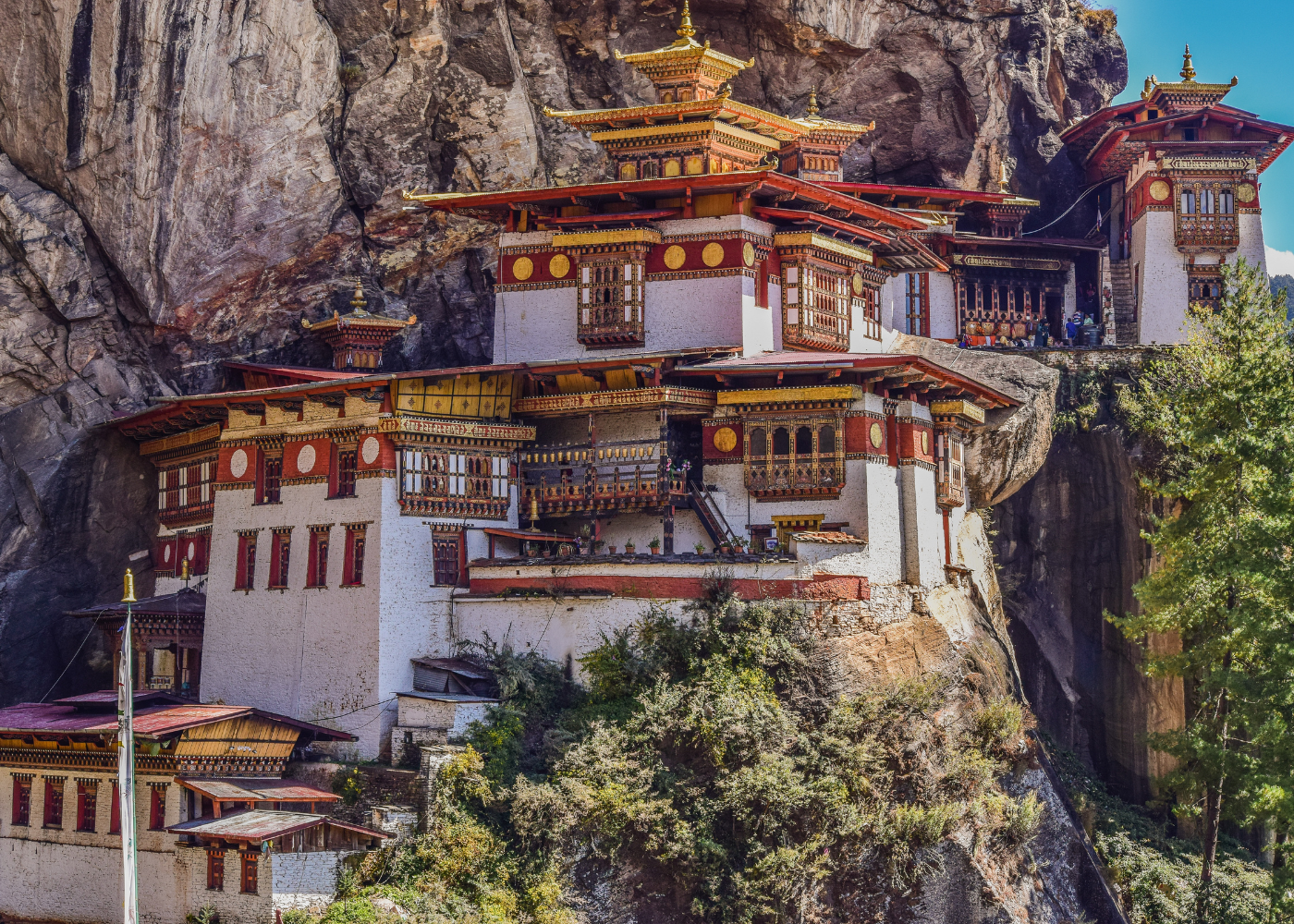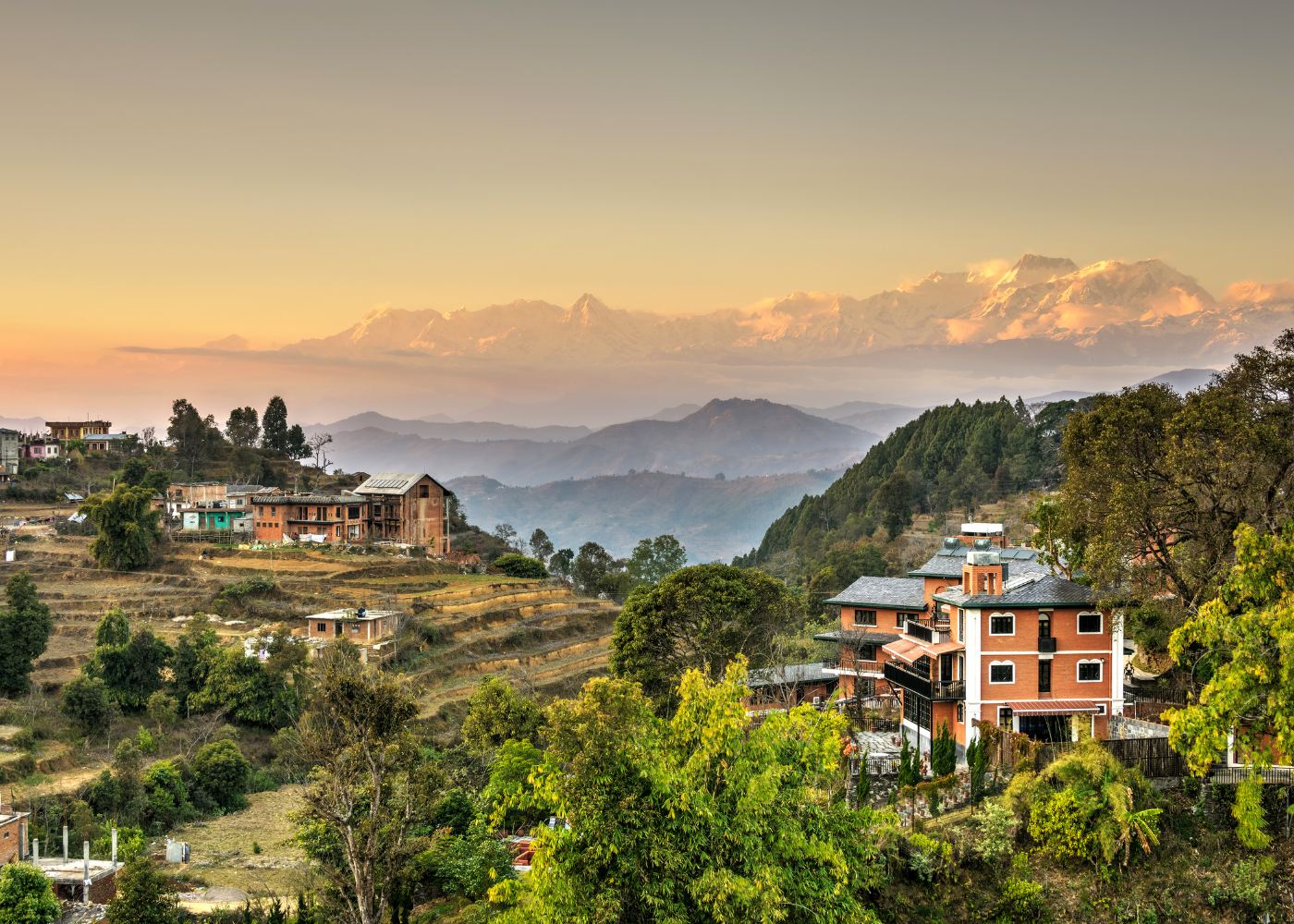Description
Planning a Trek to Everest Base Camp: Cost and Best Time to Go
If you’re planning a trek to Everest Base Camp and seeking information about the cost and best time to go, you’ve come to the right place. In this comprehensive guide, we’ll provide you with all the details you need to make your journey to the base camp of Mount Everest a memorable and successful one. From understanding the cost factors to choosing the ideal time for your trek, we’ve got you covered.
The Cost of Everest Base Camp Trek
The cost of the Everest Base Camp trek can vary based on several factors. These include the trekking route, duration, and the level of comfort you prefer. It’s important to note that this cost typically includes permits, accommodation, meals, guide and porter services, and transportation. By carefully planning your budget and selecting a reliable trekking agency, you can ensure a cost-effective and hassle-free experience.
To keep costs under control, consider the following tips:
Trekking Route: There are multiple routes to reach Everest Base Camp, each with its own advantages and costs. The classic route through Lukla is the most popular and accessible. However, if you’re looking for a more challenging and less crowded option, consider the Gokyo Lakes route.
Trek Duration: The duration of the trek can vary between 12 to 16 days, depending on your itinerary and acclimatization needs. Longer treks allow for better acclimatization, reducing the risk of altitude sickness.
Group vs. Solo: Joining a group trek is generally more cost-effective as expenses are shared among the participants. However, if you prefer a more personalized experience, a solo trek is also possible with the assistance of a guide and porter.
Accommodation: Tea houses or lodges along the trail provide basic yet comfortable accommodation. Staying in tea houses is more affordable than camping. However, if you prefer a higher level of comfort, luxury lodges are also available at certain points along the route.
The Best Time to Embark on the Everest Base Camp Trek
Wondering when the best time to embark on the Everest Base Camp trek is? The trek is feasible during two primary seasons: spring (March to May) and autumn (September to November). These months offer stable weather conditions, clear skies, and moderate temperatures, making them ideal for a safe and enjoyable trekking experience.
The Trekking Experience: Highlights and Accommodation
Embarking on the trek to Everest Base Camp is a once-in-a-lifetime adventure that takes you through awe-inspiring landscapes and introduces you to the unique Sherpa culture. The trek usually starts from Lukla and follows a scenic trail through picturesque Sherpa villages, suspension bridges, and high-altitude terrains. Throughout the journey, you’ll have the opportunity to witness iconic landmarks and natural wonders that will leave you in awe.
Here are some of the highlights of the Everest Base Camp trek
Namche Bazaar: This bustling Sherpa town is a popular stop along the trek. Known as the gateway to the Everest region, Namche Bazaar offers a vibrant atmosphere, local markets, and stunning views of the surrounding mountains.
Tengboche Monastery: Located at an altitude of 3,867 meters (12,687 feet), the Tengboche Monastery is a significant spiritual site for Sherpas and trekkers alike. The monastery offers breathtaking views of Mount Everest, and you may have the chance to witness a Buddhist ceremony during your visit.
Khumbu Icefall: As you approach Everest Base Camp, you’ll encounter the Khumbu Icefall, a treacherous section of the climb. This frozen cascade of ice is both awe-inspiring and challenging, reminding trekkers of the sheer magnitude of the journey.
Conclusion
The Everest Base Camp trek offers an unparalleled sense of achievement as you reach the base camp itself, standing at an impressive elevation of 5,364 meters (17,598 feet). Here, you’ll witness the towering majesty of Mount Everest, the world’s highest peak, and its neighboring peaks, including Lhotse, Nuptse, and Ama Dablam.
Whether you’re an experienced trekker or a first-time adventurer, the Everest Base Camp trek promises an unforgettable experience. By planning your budget, selecting the right time, and making the necessary preparations, you can embark on a safe and rewarding journey. So, pack your bags, prepare for an incredible adventure, and let the mighty Himalayas leave an indelible mark on your soul.

